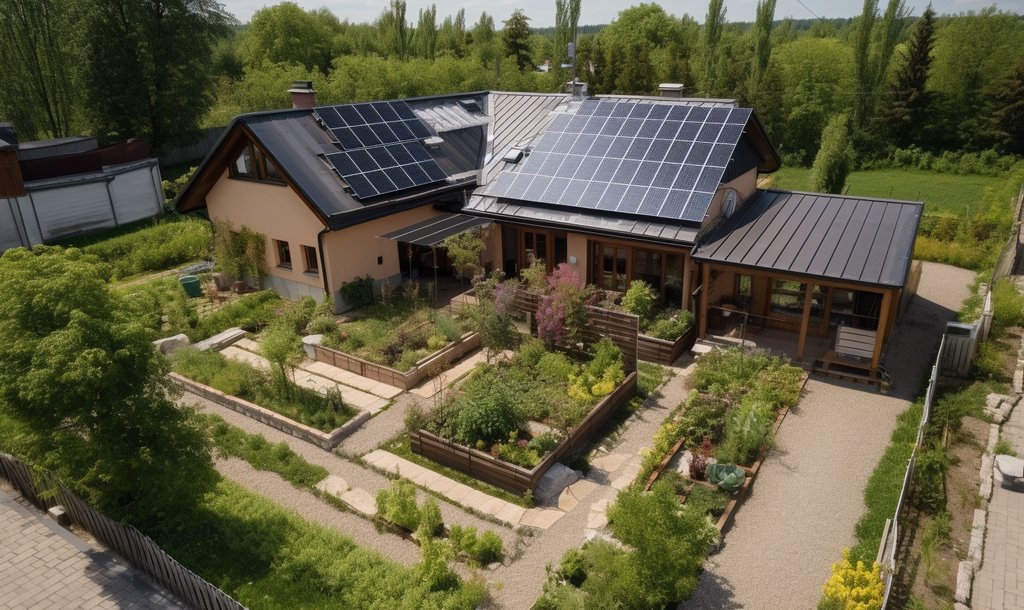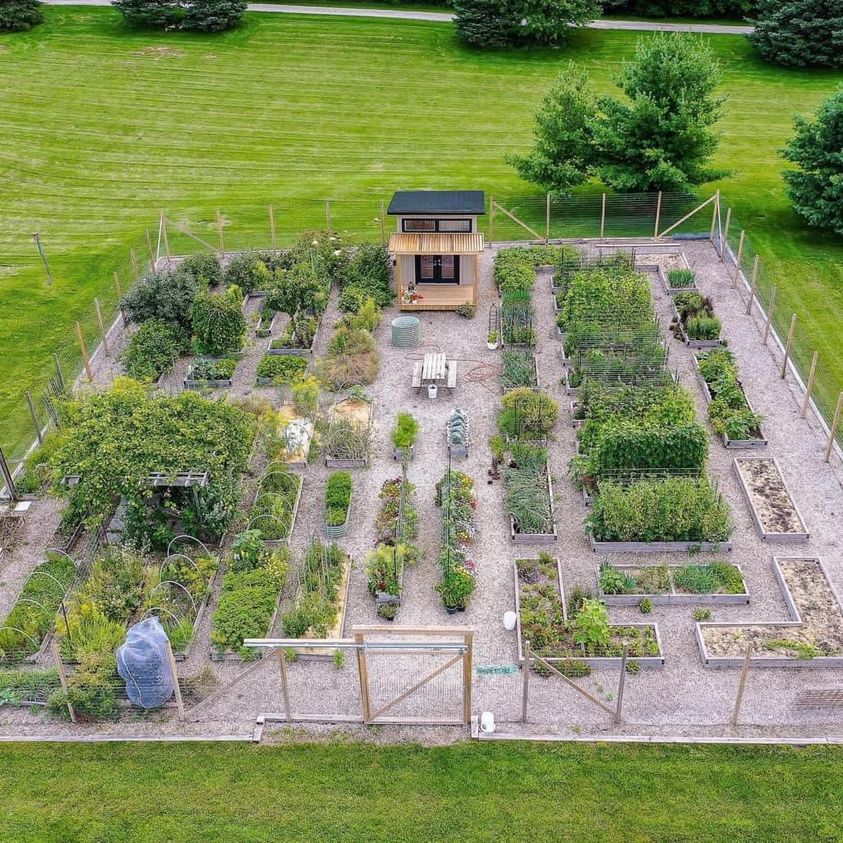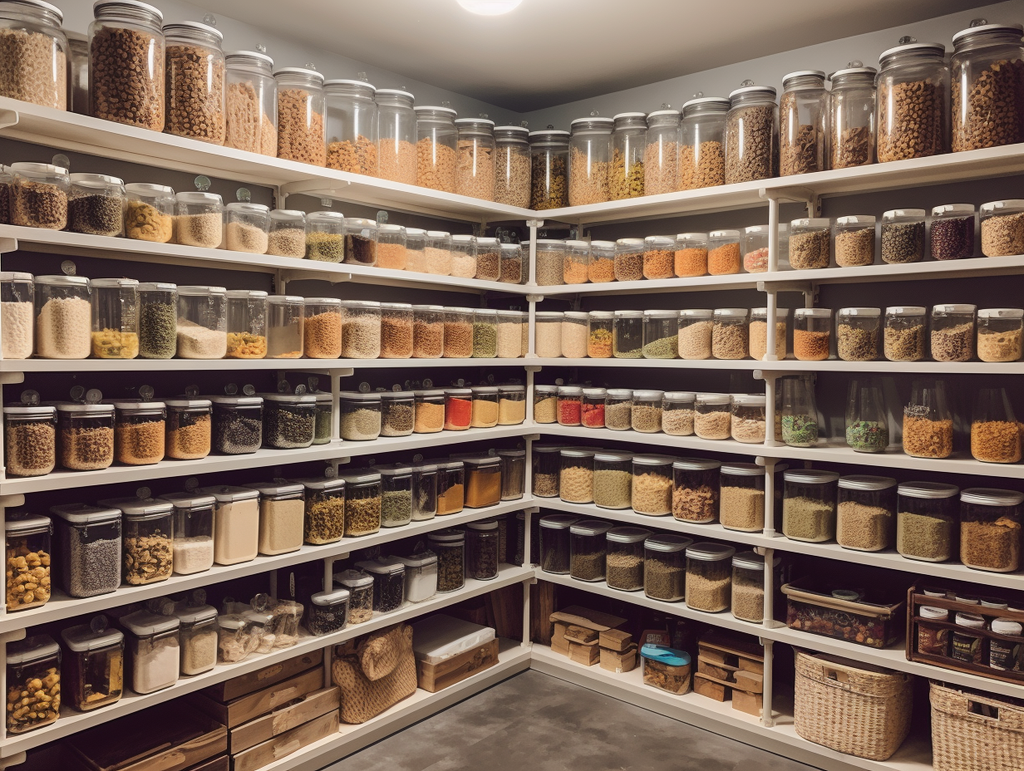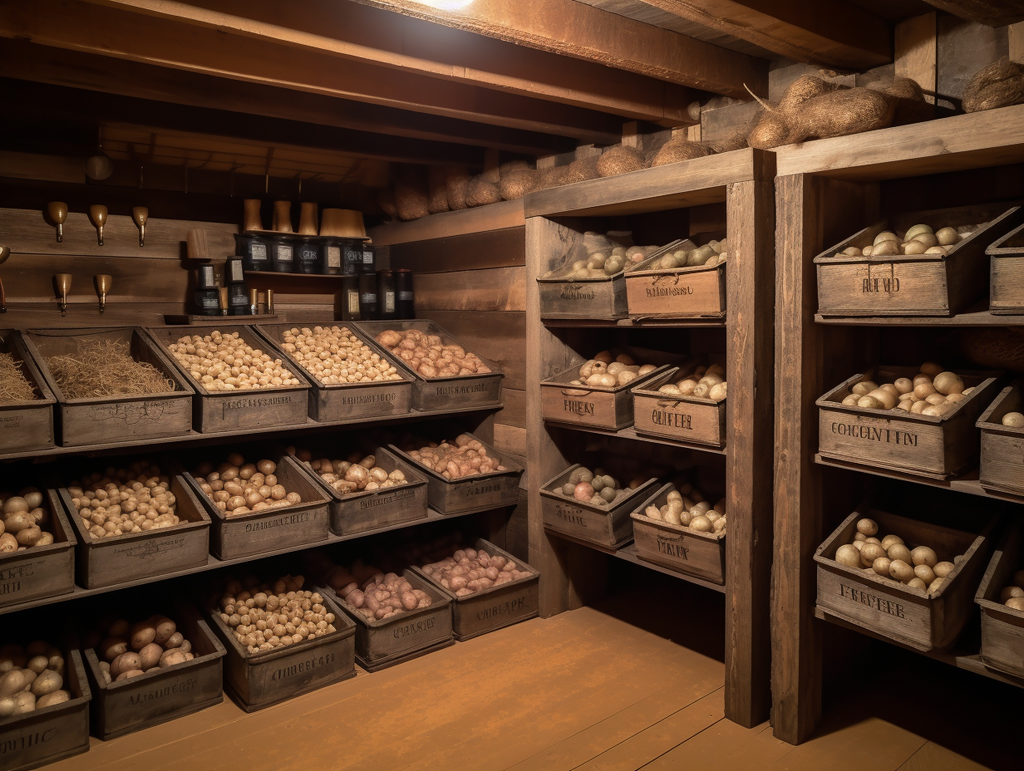
The Ultimate Guide to Building Your Own Off-Grid Homestead

Building your own off-grid homestead can be a rewarding and challenging experience. For those who value self-sufficiency, independence, and living in harmony with nature, an off-grid homestead is the perfect lifestyle choice. In this comprehensive guide, we'll walk you through the essential steps to building your own off-grid homestead, from choosing the right land to setting up sustainable energy sources. Let's dive in!
- Finding the Right Land for Your Off-Grid Homestead
Before you can build your homestead, you need to find the perfect piece of land. Consider the following factors when searching for your ideal location:
-
Accessibility: Ensure your land is accessible year-round, even in harsh weather conditions. You'll need to be able to bring in building materials and supplies.
-
Water availability: Look for a property with a reliable water source, such as a well, spring, or nearby river. Water is essential for drinking, cooking, cleaning, and irrigation.
-
Soil quality: Check the soil quality to ensure it's suitable for growing crops and raising livestock.
-
Climate: Research the climate in the area, taking into account rainfall, temperature, and growing seasons.
-
Zoning and building regulations: Confirm that the land you're considering allows for off-grid living and any specific building requirements.
- Designing Your Off-Grid Homestead
Once you've found the right land, it's time to design your homestead. Consider your goals and the lifestyle you want to achieve. Will you be growing your own food, raising livestock, or generating your own electricity? Create a blueprint for your homestead that includes:
-
Living quarters: Design a comfortable, energy-efficient home that meets your needs.
-
Food production: Plan for gardens, orchards, and livestock areas.
-
Water management: Design a system for collecting, storing, and distributing water for household use and irrigation.
-
Waste management: Plan for composting, recycling, and waste disposal.
-
Energy generation: Decide on the best renewable energy sources for your location, such as solar panels, wind turbines, or hydroelectric power.
- Building Your Off-Grid Homestead
With your blueprint in hand, it's time to start building your off-grid homestead. Here are some tips for a successful construction process:
-
Start small: Begin with the essential structures, such as your home and a few outbuildings. As you become more comfortable living off-grid, you can expand your homestead to include additional features like a greenhouse or workshop.
-
Use local materials: Sourcing building materials from your local area can save money and reduce your environmental impact.
-
Hire professionals when needed: While it's great to be self-sufficient, don't hesitate to hire professionals for tasks beyond your skillset, such as electrical work or well drilling.
- Setting Up Sustainable Energy Sources
To live truly off-grid, you'll need to generate your own electricity. Consider the following renewable energy options:
-
Solar power: Install solar panels to harness the sun's energy. Solar power systems require little maintenance and can generate electricity for decades.
-
Wind power: If your property has consistent wind, consider installing a wind turbine to generate electricity.
-
Hydroelectric power: For properties with a flowing water source, a small hydroelectric generator can provide a reliable energy source.
- Establishing a Self-Sufficient Lifestyle
With your off-grid homestead built and sustainable energy sources in place, it's time to embrace self-sufficiency. This includes:
-
Growing your own food: Cultivate a variety of fruits, vegetables, and grains to provide a balanced diet.
-
Raising livestock: Chickens, goats, and rabbits are all excellent options for providing meat, eggs, and dairy products.
-
Preserving food: Learn techniques like canning, drying, and fermenting to store your harvest for year-round consumption.
-
Water conservation: Use water-saving techniques, such as drip irrigation, rainwater harvesting, and greywater recycling, to minimize your water usage.
-
Waste management: Implement composting systems to turn organic waste into nutrient-rich fertilizer for your garden. Recycle and repurpose items whenever possible to reduce waste.
-
Building a supportive community: Connect with other off-grid homesteaders, share knowledge, and learn from their experiences. Participate in local farmers' markets and community events to foster relationships with your neighbors.
Building your own off-grid homestead is a rewarding journey that offers a sustainable and self-sufficient lifestyle. By carefully selecting the right land, designing your homestead, constructing essential structures, and embracing renewable energy sources, you'll be well on your way to living a more independent and fulfilling life. Remember, the key to success is planning, persistence, and a willingness to adapt and learn as you go.
Keywords: off-grid homestead, self-sufficient, sustainable energy sources, renewable energy, building materials, water conservation, waste management, growing your own food, raising livestock, water availability, soil quality, climate, zoning, building regulations, homestead blueprint, solar power, wind power, hydroelectric power, food preservation, water management, composting, recycling, community.





















